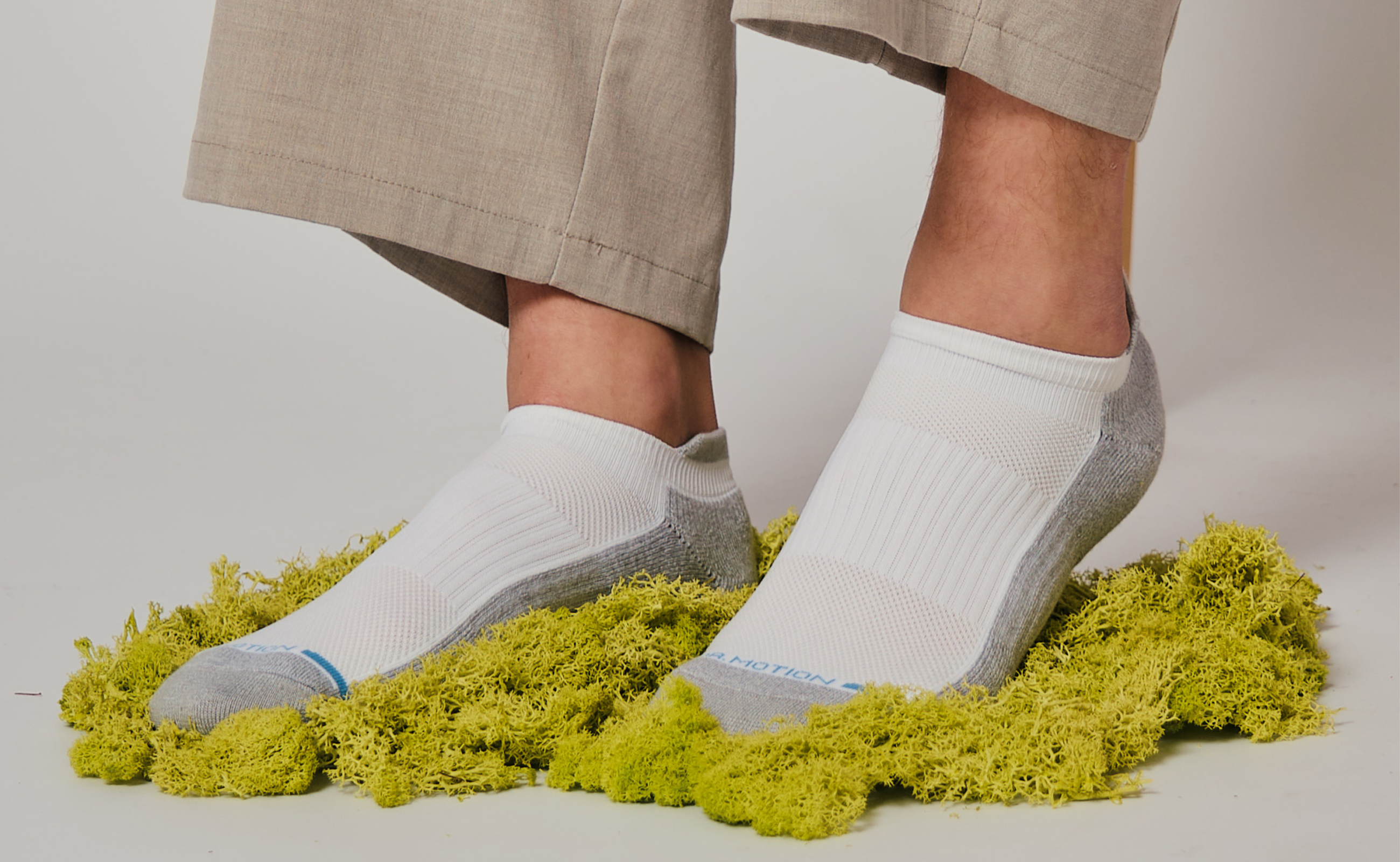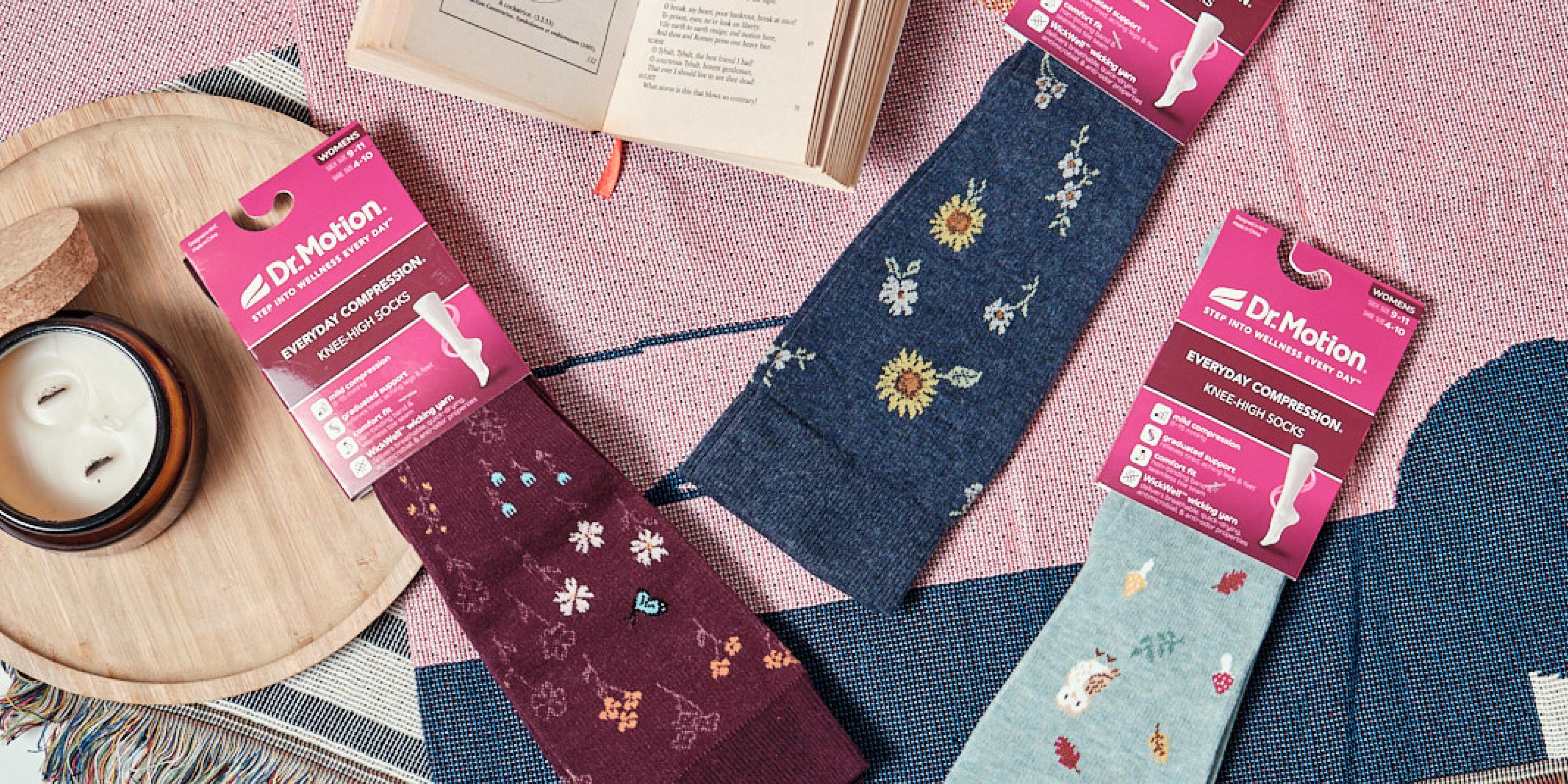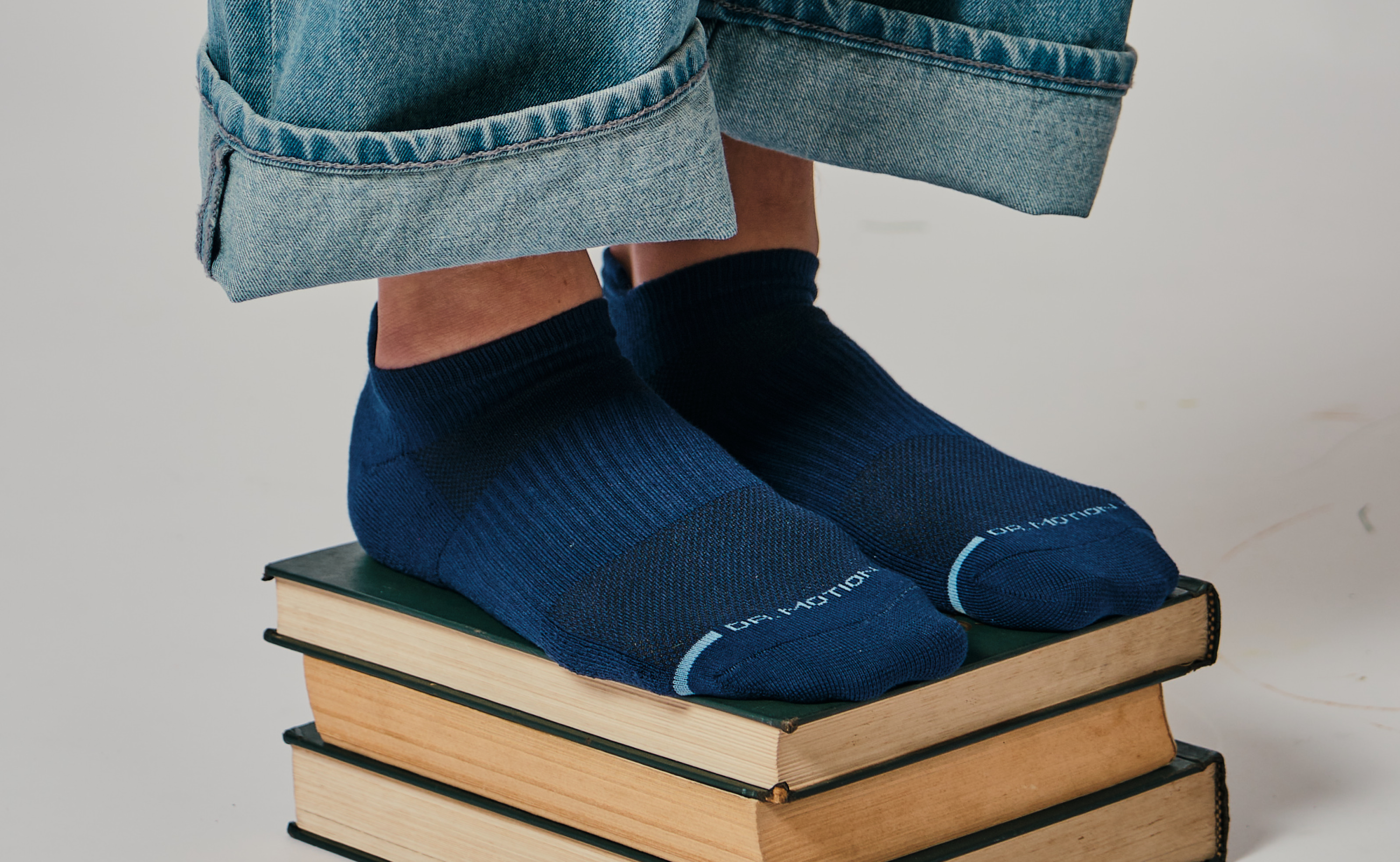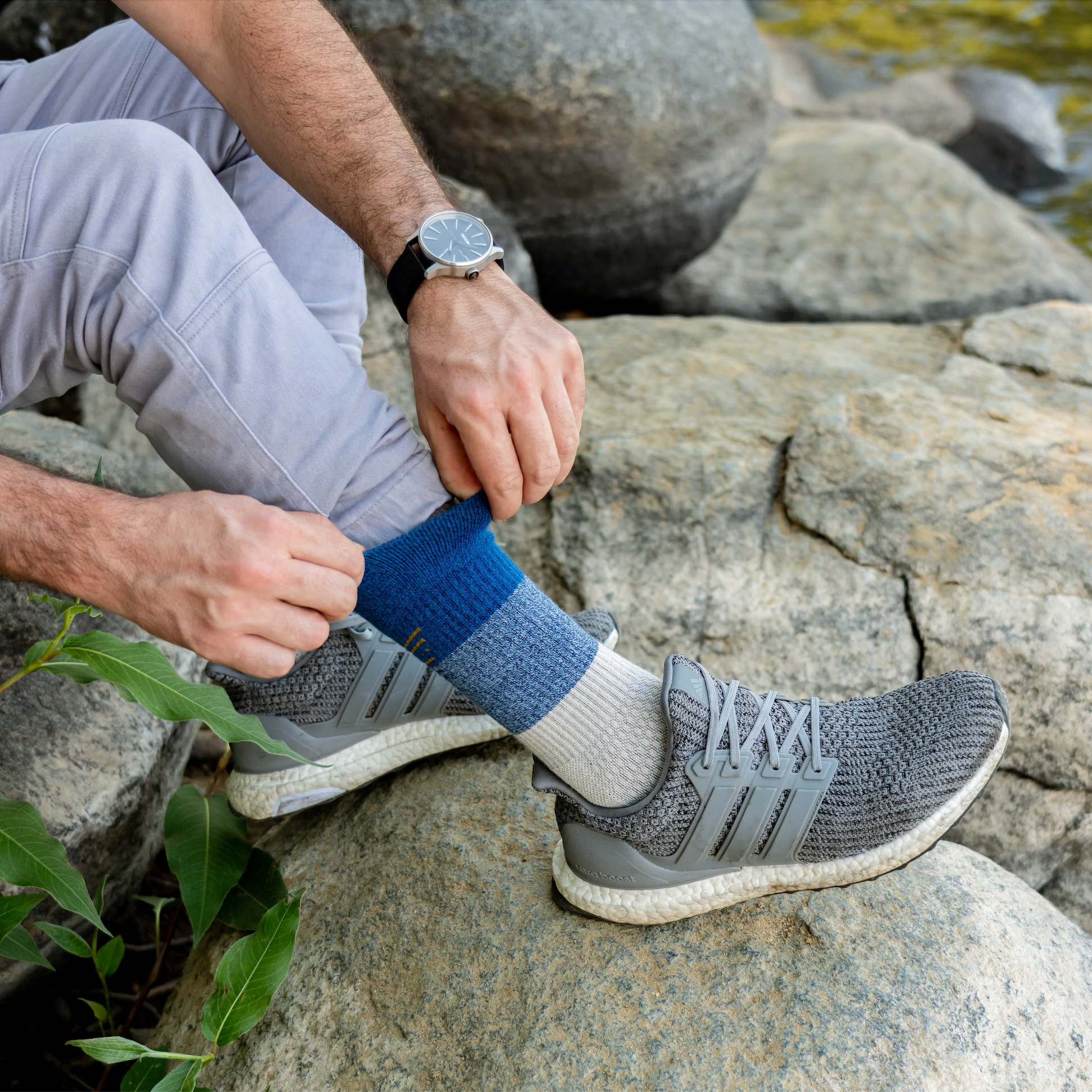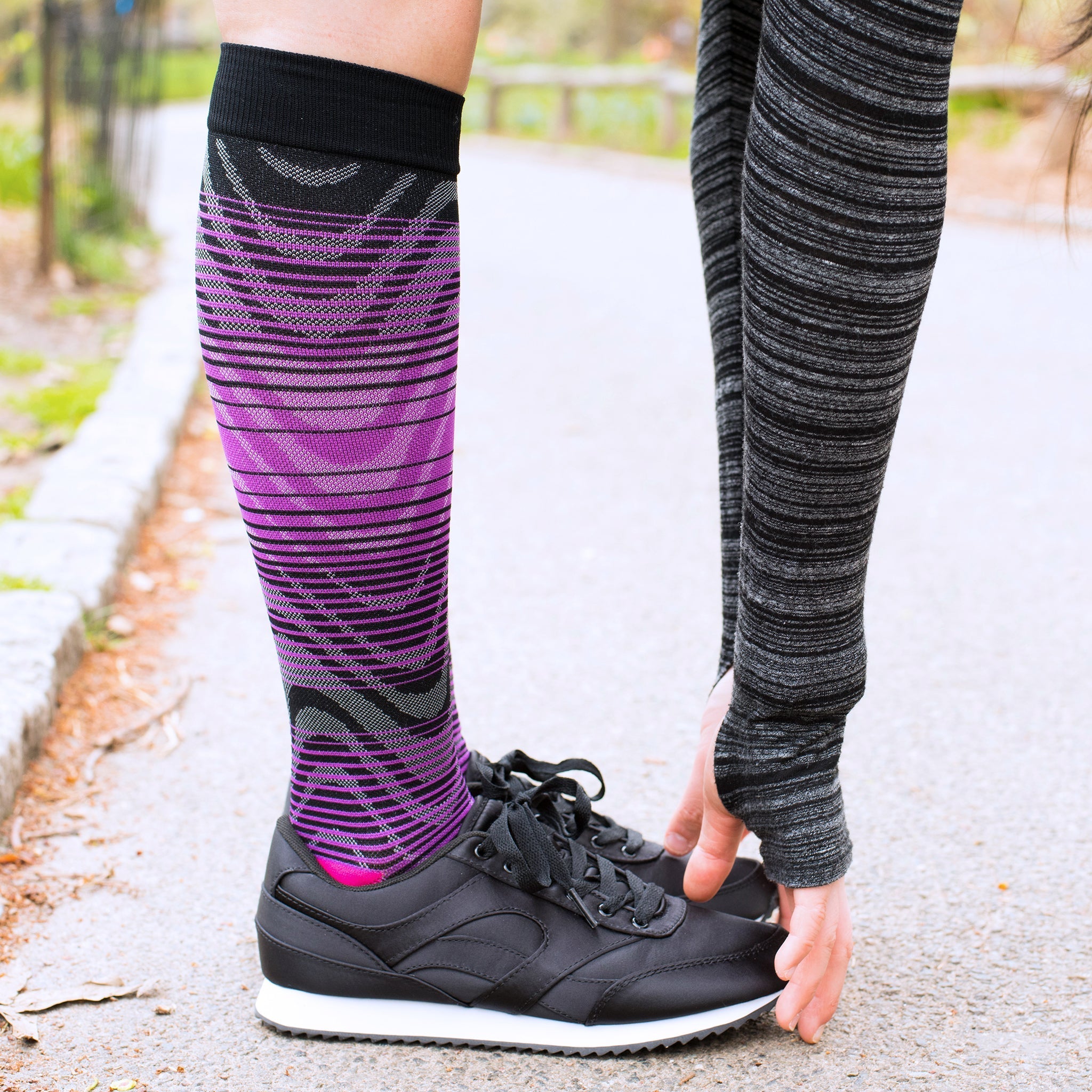Best Compression Socks for Construction Workers
No one ever accused construction work of being easy work. If you’re a construction worker, you’re on your feet all day. You test your physical limits on a regular basis. That physicality comes with rewards: you get to see your effort turn into completed projects. However, there are also downsides. Construction work is hard on your body, and that is especially true for your legs and feet. If you’ve ever left work with a hitch in your step and sore feet, you need something that takes the edge off. You might be surprised to learn that the something you seek is compression socks. See why choosing to wear compression socks can improve your day to day and long-term health if you’re a construction worker!

Do Compression Socks Work When Dealing With Foot Pain?
The short answer is yes. One of the primary benefits of compression socks is that they have been clinically proven to help with foot pain, leg pain and a number of other issues connected with working on your feet all day. They help by gently squeezing the lower leg. In this way, the socks keep blood from pooling in the feet and ankles. This very simple thing reduces stress on your legs and feet. It reduces pain and makes it easier to move. These positives put knee high compression socks among the best socks for standing on concrete all day, a constant surface in the construction industry.
This, in turn, reinforces the benefits of the compression socks. When you’re less sore and feel less stress in your feet and legs, it’s easier to move around. That extra movement helps you naturally prevent blood pooling, and you get a positive feedback loop. You’ll feel much better at the end of a long workday using graduated compression socks.
Best Compression Socks for Standing All Day
In construction, you have two issues contributing to foot pain. One is work boots. Hopefully, you have a pair that doesn’t exacerbate any problems. Even if you do, the boots are designed to reduce foot mobility. This is great for safety, but it’s bad for circulating blood out the foot.
The second issue is construction workers standing around all day. Sure, there will be work that keeps you moving, but there are also inevitable periods of time where you have to wait on things. Downtime that leaves you standing still makes it hard for your body to naturally circulate blood from the feet back to the heart.
The best compression socks for construction workers deal with both of these problems. That’s why you want graduated construction socks. They’re tighter on the bottom and relax as they go higher. Graduated socks are ideal for work that involves a mix of standing and moving. They’ll compensate for the immobility and keep blood from pooling throughout the workday.
How Mild Compression Socks Help Construction Workers
So, the socks keep blood from pooling in your feet. That’s great, but why does it matter so much? For starters, compression socks improve your blood flow. Pooled blood creates a strain on the entire circulatory system, and your body has to work harder to do anything. When you let your compression socks reduce that pooling, your blood flows more freely. That’s great for an energy boost and to feel less physically stressed throughout the day.
Improved circulation leads to reduced swelling. Reduced swelling amounts to less pain throughout the day. That makes it easier to handle prolonged standing. When you put it all together, your socks are the key to a better workday all around.

It’s Time for New Compression Work Socks
Compression socks are the best socks for construction workers because of the benefits provided:
- Increased blood flow
- Reduced swelling
- Reduced pain in legs and feet
- Helps with support and relief for varicose veins
- More comfortable workdays
Get Your Construction Worker Socks Today
Dr. Motion has the right knee high support socks to help you tackle construction work with renewed vigor. If you want to have fun compression socks that make your day better, check out our supply of compression socks for men and women!
Disclaimer: This article provides information solely for educational purposes, including but not limited to text, graphics, images, and other materials contained herein. This article is not intended to substitute for professional medical advice, diagnosis, or treatment. Always seek the advice of your physician or another qualified healthcare provider with any questions you may have regarding a medical condition.



